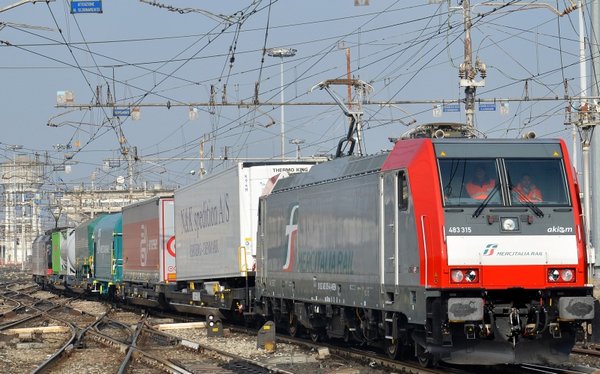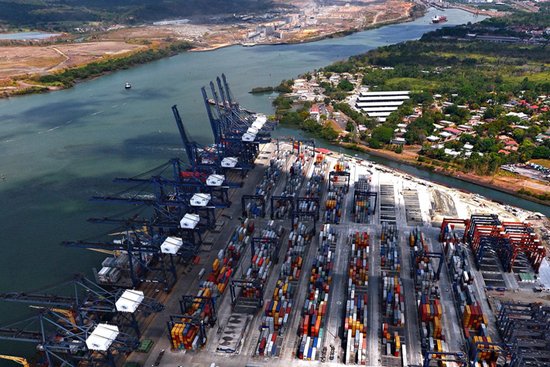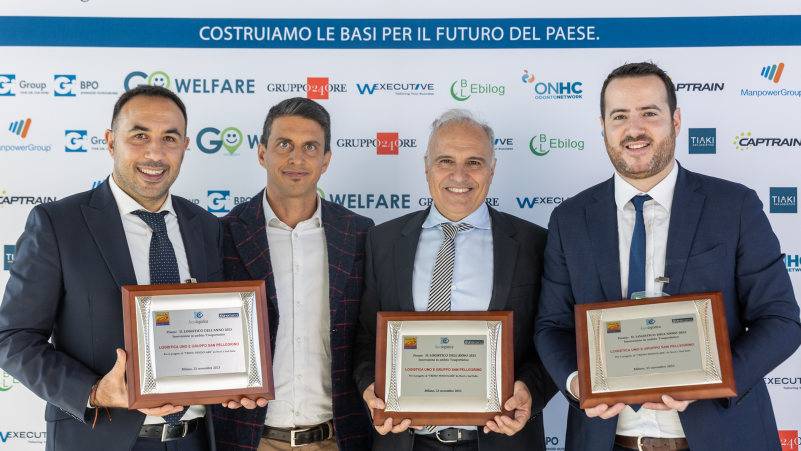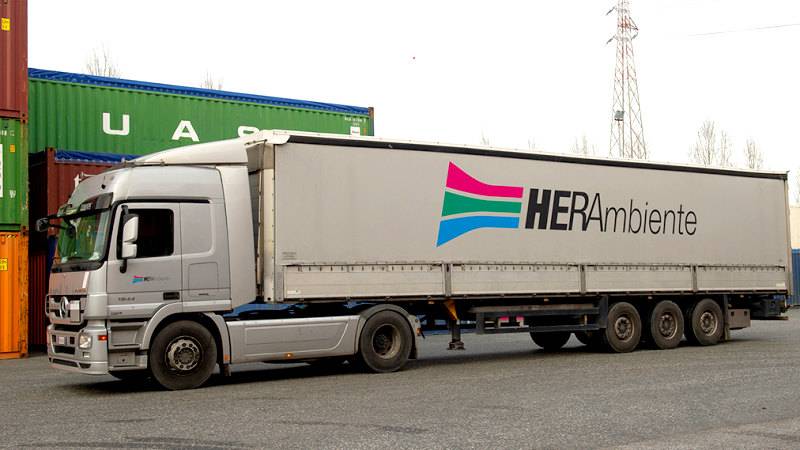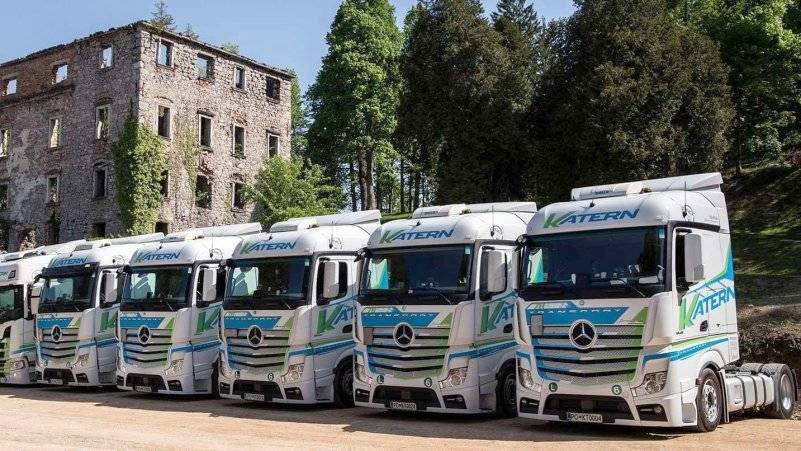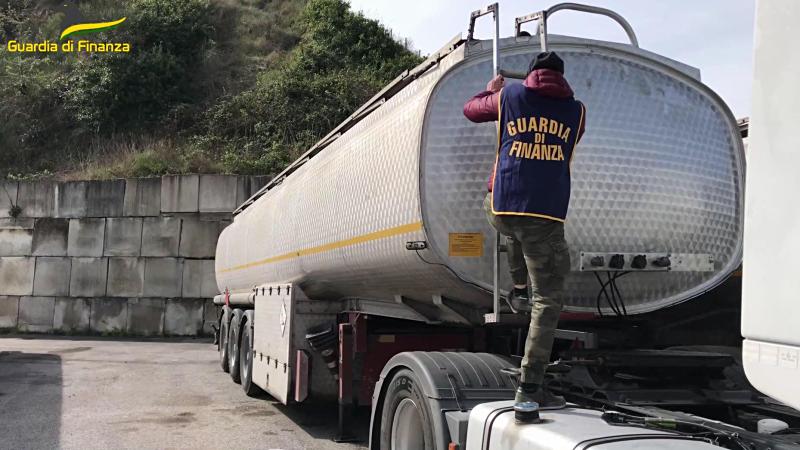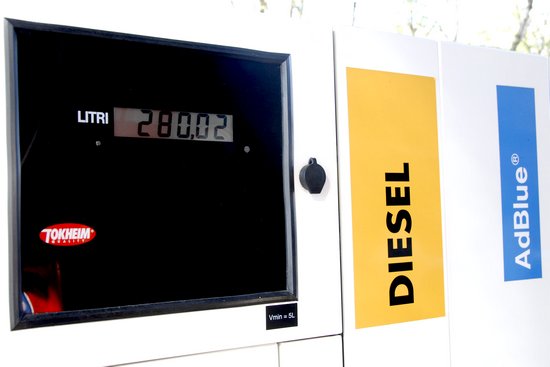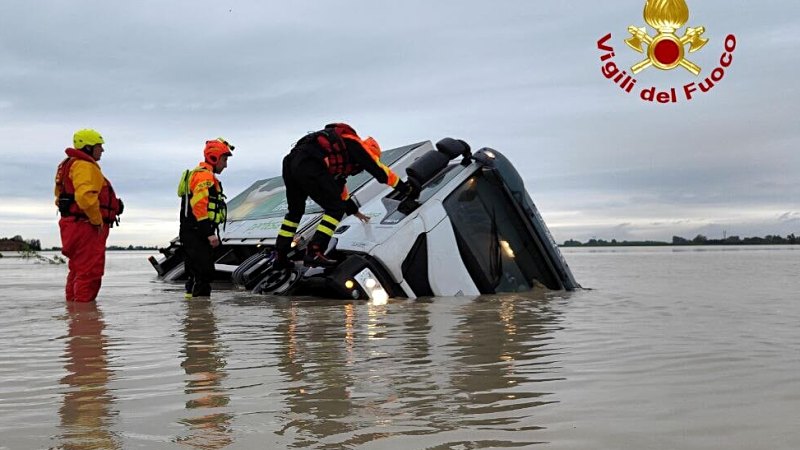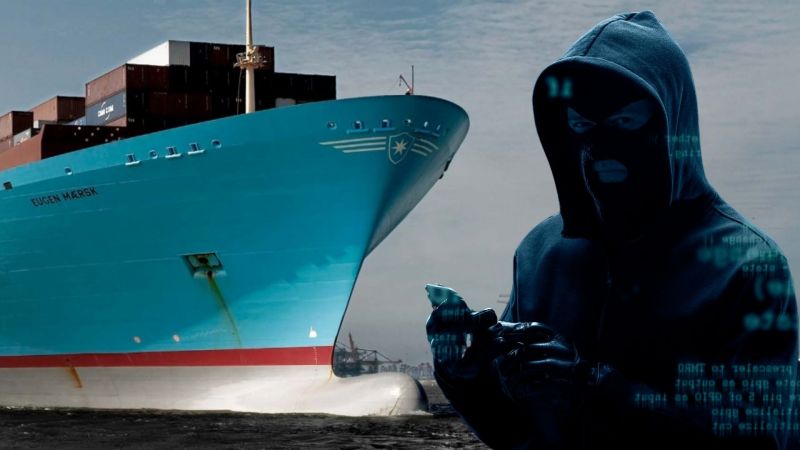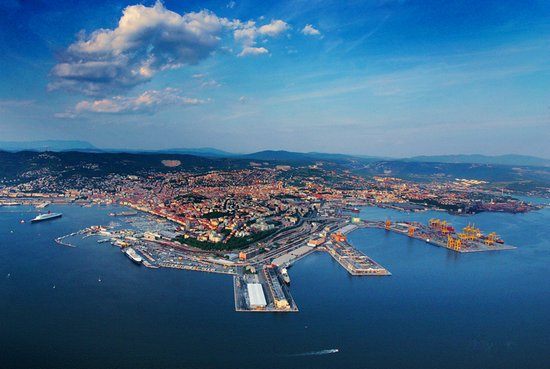For almost fifty years, the idea of a tunnel under the Strait of Gibraltar has been debated, but tangible progress has remained elusive. At the end of 2022, it seemed a turning point had been reached when Morocco appointed the director of the company responsible for launching studies on the new underwater railway connection, making the initiative operational. However, no significant steps were taken until February 2023, when Spain and Morocco reached an agreement to formally commit to reviving the long-stagnant project.
Now, 2025 could mark a shift in momentum. The initiative comes from the Spanish government, which has not only engaged an engineering company—specifically, Spain's Ineco, linked to the Ministry of Transport—but has also involved a leading player in the construction of such infrastructure: Germany's Herrenknecht. The company is the world's foremost manufacturer of tunnel boring machines (TBMs), actively engaged in numerous European projects, including the Mont Cenis base tunnel on the Turin-Lyon railway, where the promoter Telt has ordered all seven TBMs currently in use, as well as the second bore of the Gotthard motorway tunnel, among others.
The contract signed with Herrenknecht is valued at nearly 300,000 euros, a relatively modest sum but one aimed at providing a definitive answer on the technical feasibility of excavating the railway tunnel under the Strait of Gibraltar. The study is expected to be delivered by June 2025 and will focus on analysing the most critical section of the route, which marks the geological transition between the Atlantic Ocean and the Mediterranean. The assessments by the German company will complement and update the preliminary studies already being conducted by Spain's Ineco.
According to initial projections, the tunnel could span just over 38 kilometres, with a 28-kilometre underwater section at depths ranging between 175 and 475 metres below sea level. It is expected to start west of Algeciras in Spain and reach Tangier in Morocco. The construction of two separate bores, each designed to accommodate a single railway track along with a service tunnel, appears to be the most likely option. There is also the possibility of opening sections for operation gradually while awaiting the full completion of the project.
Meanwhile, other studies continue under the auspices of the Spanish government, including the monitoring of the entire area using underwater seismometers. The tunnel under the Strait will be integrated into the railway networks of both countries. In Spain, in particular, a connecting line will need to be built, starting from either Algeciras or Cadiz, depending on the final decision regarding the starting point of the new cross-border link.
Piermario Curti Sacchi



